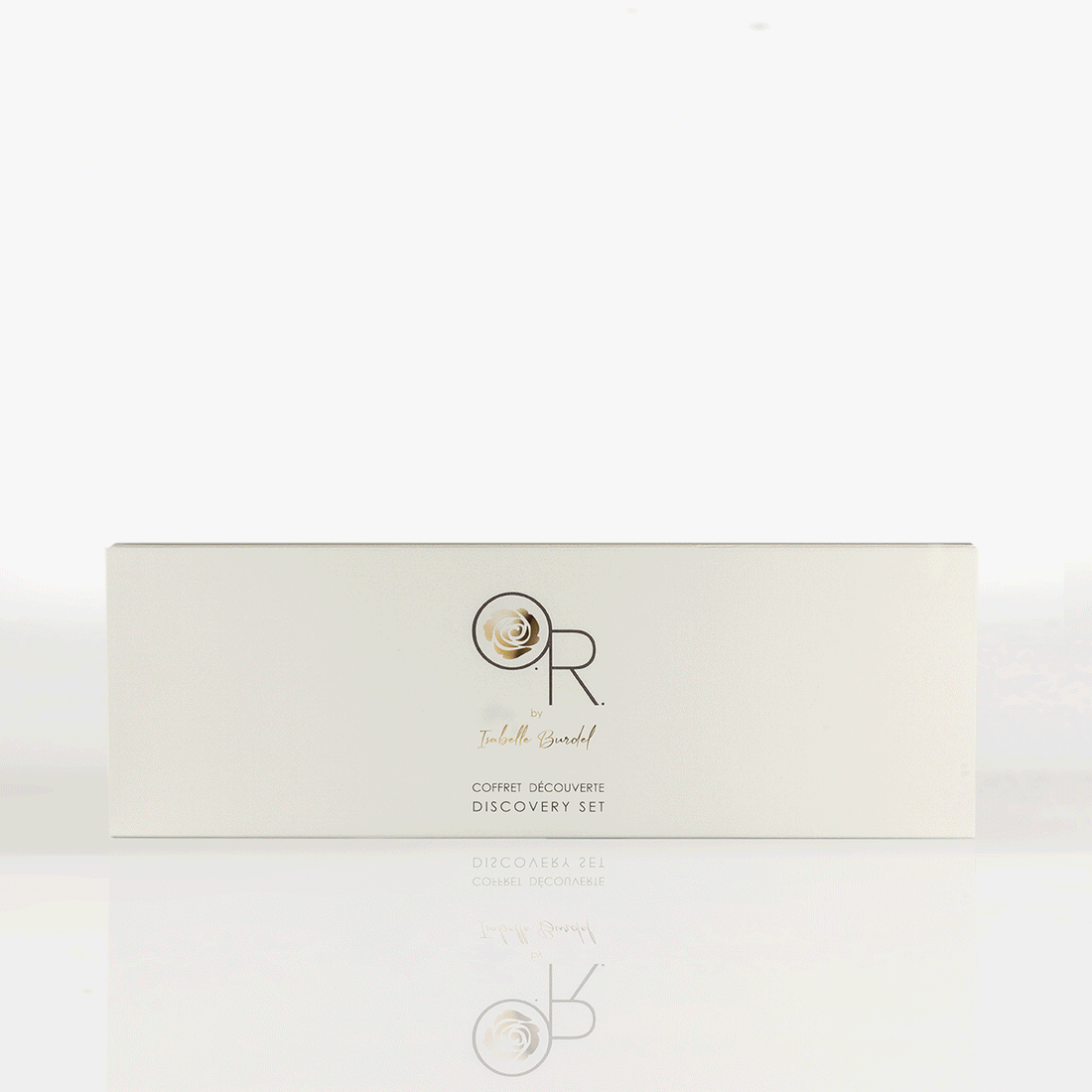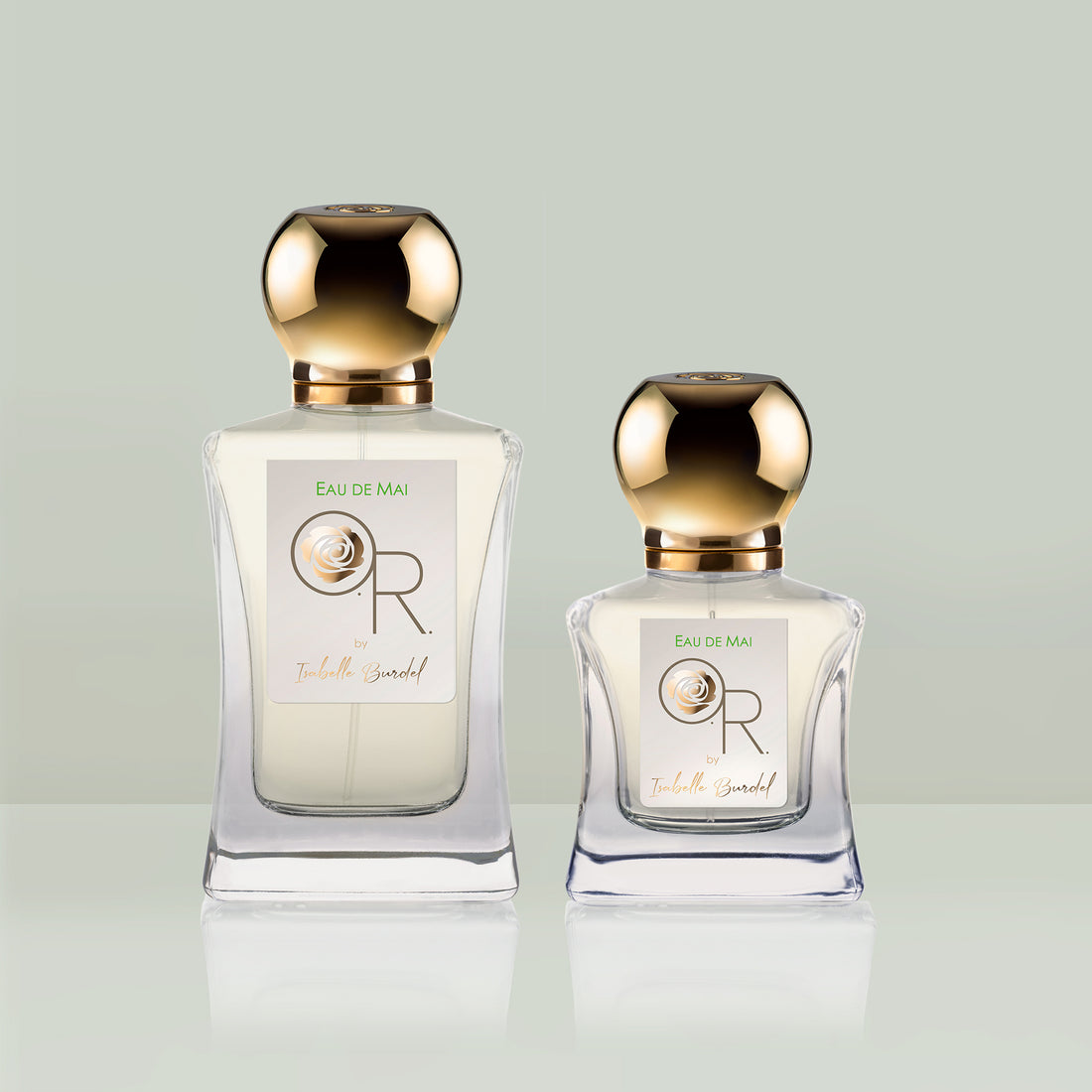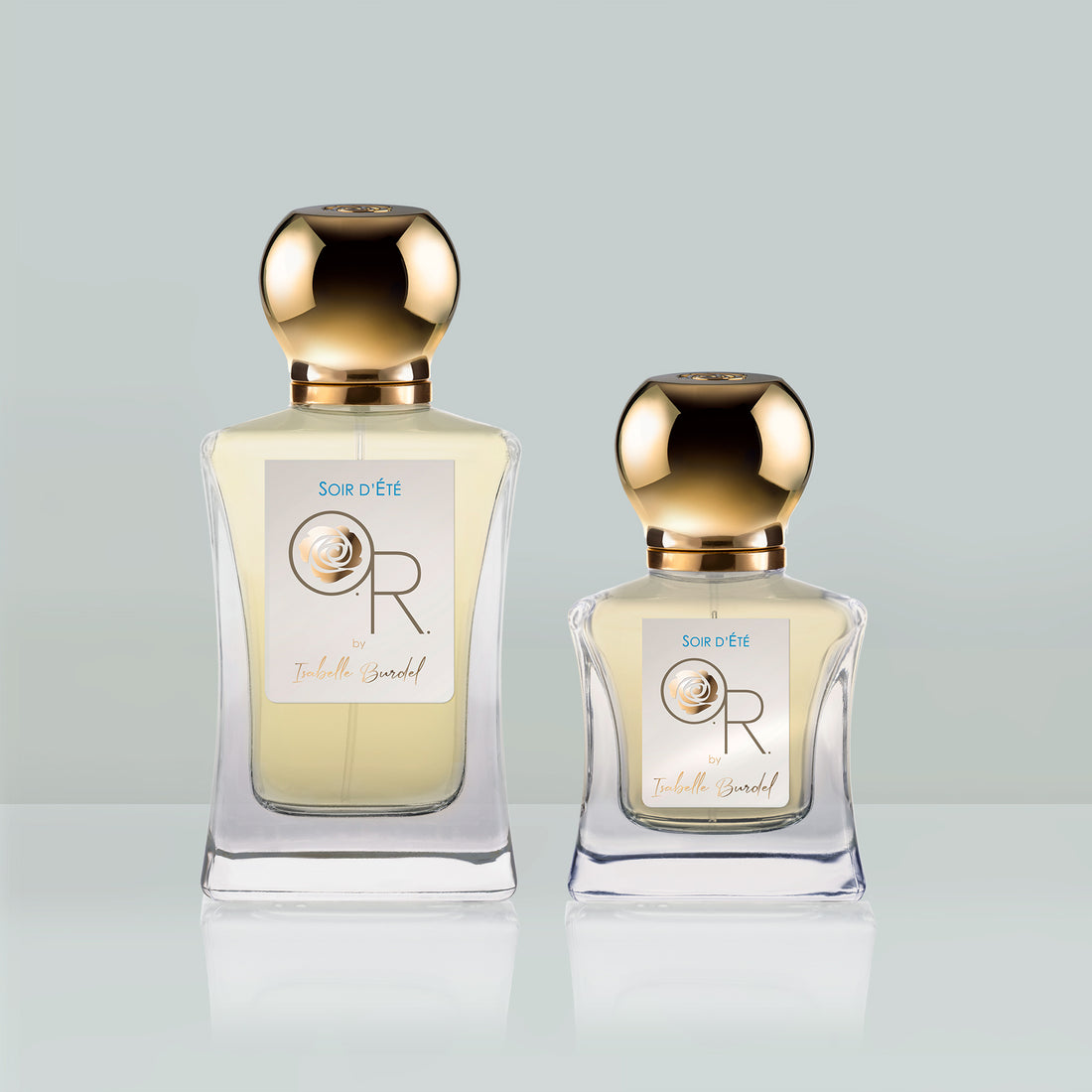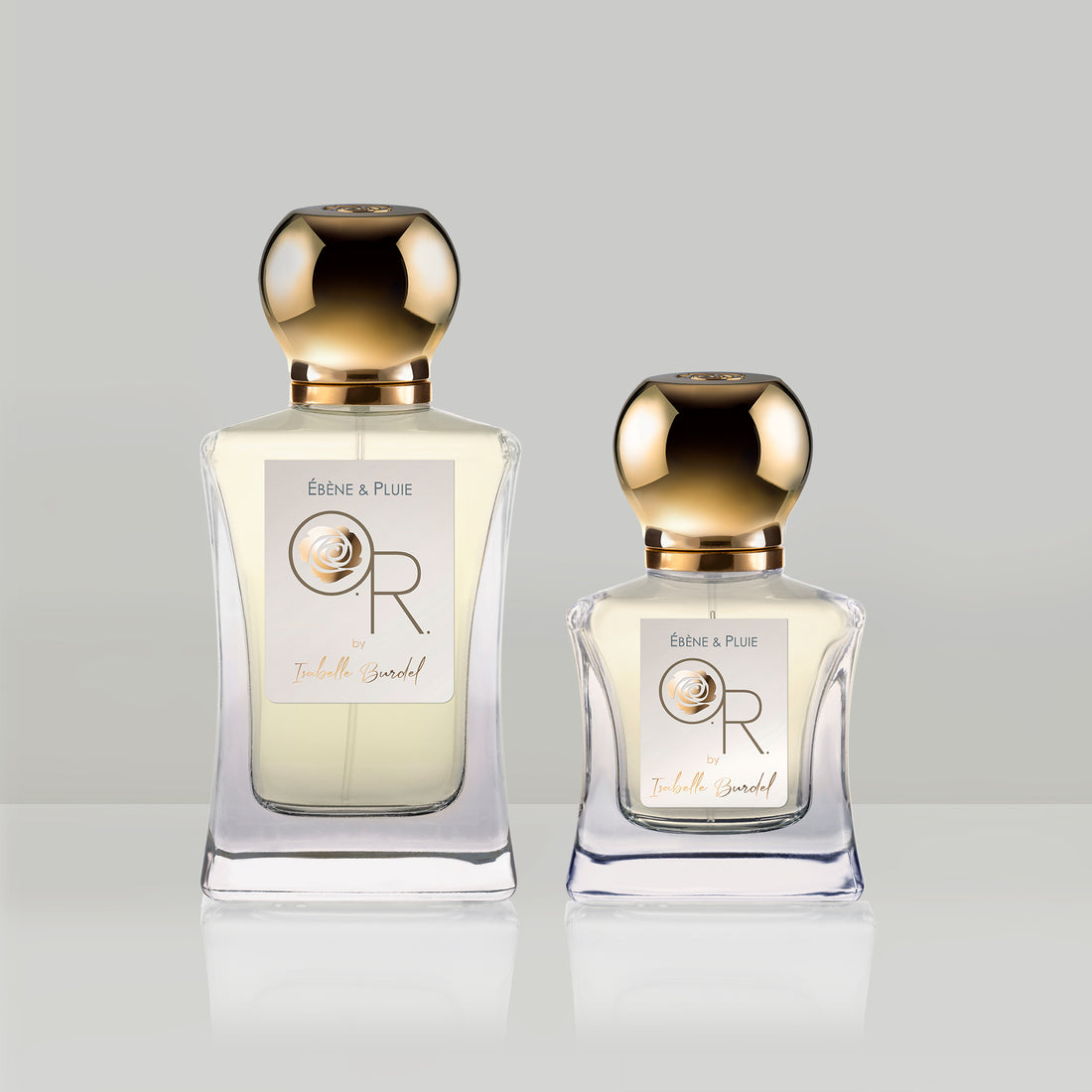Evoking memories of maternal scents that filled childhood, powdery perfumes never fail to conjure images of talcum powder, lipstick, and other cosmetics. They owe their name to the famous rice powders, which were in high demand during the Renaissance. This facet played a significant role during the golden age of perfumery and continues to reinvent itself today.
The powdery perfume, an olfactory portrait
Perfumes are traditionally classified into seven olfactory families: citrus (hesperidic), aromatic, floral, cyprus, amber, woody, and leather.
Each olfactory category can adopt various facets (green, spicy, etc.), which add personality to it. A perfume rich in olfactory facets gains in mystery and complexity. Among these facets is the powdery aspect, reminiscent of vintage cosmetics.
The powdery accord owes its name to the old rice powders that were highly favored in the courts of kings during the Renaissance, perfumed with iris root. This flower, known for its rhizome, exhales powdery, earthy nuances with hints of violet.
Over time, the perfumer's palette expanded to craft powdery accords, but their scent remains delightfully retro, both comforting and sophisticated. While this facet exudes sweetness and femininity, it also complements the masculine wardrobe.
The origins of powdery perfumes
The "cosmetic" origins of powdery perfumes are not insignificant. It wasn't until the 1940s that the beauty industry truly separated cosmetics from fine perfumery. Until then, perfuming and makeup were not as distinct as they are today.
Scent profiles described as iridescent and cosmetic are labeled as powdery perfumes because iris root was initially combined with face powders. Although this practice has declined due to the lengthy and expensive cultivation of iris bulbs, favoring the use of more cost-effective synthetic notes, the name persists.
Powdery perfumes emerged during the “Belle Époque”, a period marked by the discovery of synthetic molecules that enriched the perfumer's creative palette. Among these, “ionones” (1890), with their violet and iris-like fragrance, and “heliotropine” (1869) with its powdery and almond-like notes, played significant roles.
Among the early powdery perfumes that left their mark on the industry are Guerlain's “Après l'Ondée” (1906), featuring a blend of violet, iris, and mimosa, exuding contemplative charm and delicacy. In 1912, Jacques Guerlain crafted “L'Heure Bleue”, a floral and spicy bouquet with iris, vanilla, and heliotropine, offering a poetic and nostalgic allure. In 1921, perfumer Ernest Beaux created Chanel's famous “No. 5”, where aldehydes, synthetic notes, enveloped rose and jasmine in a powdery veil, modernizing the fragrance and exuding a mysterious and sophisticated femininity.
Iconic ingredients of powdery perfumes
While iris is an essential ingredient of this category, violet also holds a significant place. Violet is a "mute" flower, meaning its natural scent cannot be extracted using conventional distillation or extraction techniques, unlike violet leaf. Its scent is recreated using ionones and methylionones, which are easier to use and offer iris-like, soft, and powdery notes.
These molecules can also reveal fruity nuances like raspberry. The combination of rose and violet is a classic powdery accord, reminiscent of the scent of lipstick.
Mimosa, a fluffy flower with golden-yellow pom-poms, known for its green, powdery, and almond-like scent, is another natural ingredient used to craft powdery fragrances.
In addition to heliotropine, coumarin (a molecule with almond and freshly cut hay nuances, extracted from tonka beans in 1868), and vanillin (the primary component of vanilla pods, discovered in 1874) are synthetic notes that add roundness and sensuality to the powdery accord. The metallic, soapy, and "clean" scent of C12 MNA aldehydes, discovered in 1903, also contributes a powdery facet to fragrances.
Once of animal origin, musks now owe everything to synthesis. Some white musks, with scents ranging from clean to sensually skin-like, such as muscone, can also provide powdery nuances to a fragrance.
Evolution of powdery perfumes over time
Despite its vintage charm, powdery perfumes never go out of style. Their comforting sweetness, retro allure, and inherent elegance continue to captivate across the decades.
The perfumer's palette evolves and reshapes the contours of the powdery accord with new ingredients. Modern white musks, including muscenone, cosmone, or serenolide, which offer powdery and airy facets, have joined the repertoire.
Discovered in the 1970s, Iso E Super, a synthetic note with powdery, woody, and velvety accents, is also widely used today.
Powdery perfumes at olfactory revelation
As a perfumer for 35 years and an independent perfumer for about two decades, Isabelle Burdel creates bespoke fragrances for diverse individuals seeking an exclusive olfactory signature. She translates her clients' emotions into scents, revealing their personalities. This expertise is now unveiled in her brand, Olfactory Revelation.
Among the nine fragrances in her collection, you'll find powdery facets in “Blanc Absolu”. This composition delicately draws from a bed of iris, sandalwood, and velvety musks to create an opaline, ethereal, and powdery softness. A quintessential example of this genre, “Ambre Fleuri” envelops you in a plush bubble where the rose-violet accord, kissed with carnation, lingers over an enchanting base of amber and vanilla.
If powdery perfumes intrigue you and you long to learn more, consider ordering Olfactory Revelation's discovery set. It's the perfect opportunity to try their glamorous and refined fragrances on your skin.






